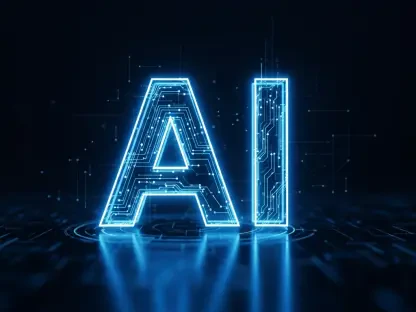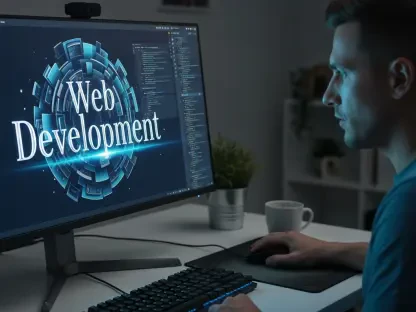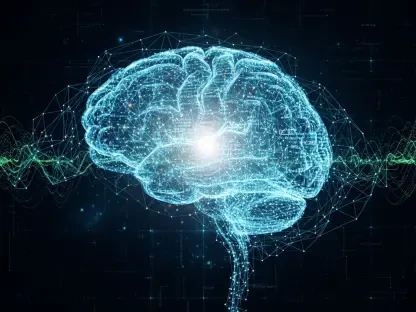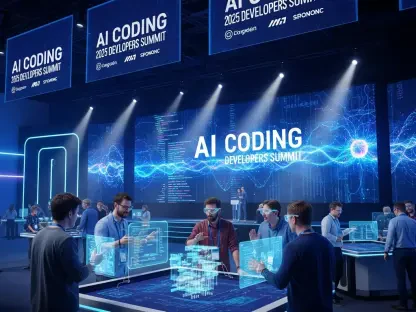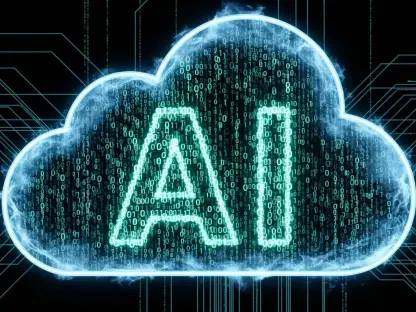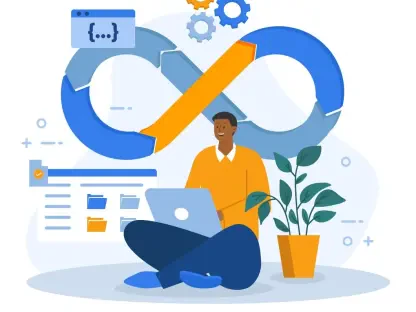In an era where artificial intelligence (AI) intersects profoundly with software development, Vibe Coding has emerged as a revolutionary concept, transforming the traditional landscape of programming. Traditionally characterized as a domain for highly technical individuals, the world of software development has experienced a shift, increasingly driven by creativity and natural language input thanks to AI advancements. Now, anyone—from seasoned developers to those without formal coding training—can embark on coding projects by leveraging the power of AI. This guide will elucidate how to harness the potential of Vibe Coding, enabling a broad audience to partake in creative software development ventures without sacrificing quality.
Unleashing Creativity in Software: The Rise of Vibe Coding
Vibe Coding represents a paradigm shift that transforms traditional software development, where the dependency on rigorous syntax has significantly lessened. The deployment of AI has allowed individuals to use natural language inputs, sketches, and even spoken words to convey complex ideas. This development process employs AI to interpret these human expressions, converting them into executable code, thus blurring the lines between technical expertise and creative thought. The significance here lies in broadening the accessibility of coding, allowing a diverse range of individuals to share their innovative ideas without being restricted by technical barriers.
In broadening access to coding, Vibe Coding expanded the developer pool, previously limited due to skill barriers. With AI doing the heavy lifting in translating human language into code, creative individuals have the freedom to explore software development, presenting opportunities for innovative solutions that would otherwise remain unexplored. This democratization of coding is among the most profound shifts in recent technological history, allowing varied perspectives to influence and enhance the software development landscape.
Evolution of Software Development: From Code to Creativity
The advent of Vibe Coding is rooted in the historical context of software development. In the past, developing software required extensive expertise in obscure programming languages. However, the continuous evolution in technology paved the way for coding environments that are more intuitive and user-friendly. The rise of AI-driven development environments resulted from these breakthroughs, primarily centered around advancements in machine learning and natural language processing. Large language models have significantly contributed by interpreting human intent in various expressive forms, thus making Vibe Coding feasible and productive.
What began as an experiment in leveraging AI for rudimentary tasks has evolved into an environment where exhaustive programming knowledge is no longer a prerequisite for engaging with software development. The technological breakthroughs encompass multimodal inputs, where tools adeptly handle voice commands, sketches, and UI mockups, translating them into functional applications. This versatility signifies a new era, where creativity becomes the cornerstone of development, enriching the software industry with insights beyond technical conventions.
Mastering the Vibe Coding Process
Step 1: Articulate Goals Through Natural Expression
Achieving success with Vibe Coding begins by clearly articulating project goals through intuitive expressions. This step involves using natural language, sketches, and even voice inputs to communicate objectives to AI systems. Expressing concepts in everyday language allows diverse individuals to contribute ideas without the necessity of mastering programming languages. This approach fosters an environment where creative ideas are prioritized and effectively conveyed to AI, simplifying the initiation phase.
Step 2: Transforming Ideas Into Code with AI
Once the goals are articulated, AI tools take center stage in translating these ideas into code. Cutting-edge tools, like ChatGPT, Claude, or Cursor, interpret natural expressions and transform them into executable code or application frameworks. Though these tools are powerful, users may face challenges wherein AI might interpret the inputs differently than intended. This necessitates clear communication and iterative feedback to overcome potential misinterpretations and refine the generated outputs.
Overcoming Common AI Interpretation Challenges
Frequent misunderstandings can occur when the AI misinterprets the user’s intentions verbatim instead of contextually. To counteract these challenges, it is crucial to continually assess AI outputs and provide clear, context-rich feedback to the system. This dynamic interaction helps fine-tune the AI’s interpretations, ensuring that the developed software aligns with the initial vision.
Step 3: Refining and Prototyping Rapidly
With the basic framework established, rapid prototyping becomes the focus. AI accelerates this phase, allowing for swift iteration and user feedback integration. Rapid prototyping facilitates the validation of ideas in real time, with users iterating rapidly to refine their applications. Continuous feedback loops enhance the final output by ensuring that adjustments align with user expectations and resolve any discrepancies in the code functionality.
Iterative Feedback Loops for Enhanced Output
Feedback loops allow application makers to refine ideas based on test results and user interactions. This cycle of assessment and iteration ensures that the final product is polished and responsive to user needs. It’s critical to engage in repeated testing and refinements to ensure that each iteration of the application enhances user satisfaction and quality.
Step 4: From Development to Deployment
As the development phase concludes, attention shifts to deployment, where streamlined DevOps and testing processes powered by AI ensure the smooth transition of applications into the market. The automated capabilities of AI reduce the bottlenecks traditionally faced during deployment, quickening time-to-market and increasing efficiency in operational tasks.
Ensuring Quality Through AI And Human Oversight
Even with sophisticated AI systems, human oversight remains essential to maintain code quality and performance. Employing a combination of automated and human-driven testing ensures high standards are met, quickly identifying and resolving potential issues. This dual-layered approach guarantees that software not only functions as intended but also upholds industry standards and security.
Key Steps Recap: Streamlined Vibe Coding Journey
Adopting Vibe Coding requires navigating through articulated steps, each crucial to the process. Starting with the articulation of goals using natural expressions sets the project foundation, followed by using AI to convert these ideas into code effectively. Subsequently, rapid prototyping enables rapid iterations and feedback incorporation for refining project outcomes. Finally, deployment relies on AI-driven DevOps processes with essential human oversight to ensure high standards and dependability.
Vibe Coding in the Larger Landscape: Opportunities and Challenges
Vibe Coding opens up unprecedented opportunities across various industries, offering innovative solutions and democratizing access to software development. However, challenges persist, including maintaining traditional coding skills and ensuring AI-generated code quality. While the rise in AI-driven software development offers significant growth potential, preserving foundational technical skills is equally critical to adapt to evolving landscapes and maintain high standards.
Nevertheless, the industry must navigate these challenges and embrace Vibe Coding to maximize innovation. It provides an inclusive platform where professionals and amateurs alike can contribute valuable insights, cultivating enhanced creativity and varied perspectives in coding projects. Successfully integrating Vibe Coding practices encourages a balanced and innovative approach.
Embracing the Revolution: Final Thoughts and Next Steps
Engaging with Vibe Coding represents a transformative shift in software development, blending creativity with technological prowess. This guide explained how each step contributes to a seamless development journey, empowering individuals to partake in coding without deep technical backgrounds. With AI as a powerful ally, the path toward enhanced creativity in software design becomes more accessible over time.
However, even as this shift unfolds, attention to maintaining skill prowess, quality standards, and incorporating the best of traditional methods remains vital. The forward path involves embracing these new methodologies, integrating AI effectively into existing workflows, and harnessing the boundless potential of creativity in software development. As business environments and needs evolve, adapting these practices ensures sustainable growth and innovation in a dynamic digital landscape.


